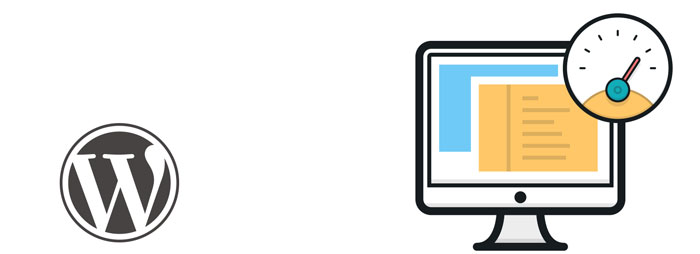Our society has a serious need for speed, especially when it comes to shopping. A second or two in the grand scheme of things is not much time, but a second or two when it comes to loading an ecommerce website can make or break conversion rates. The longer your store takes to load, the more people will simply exit rather than wait around (and probably head on down the “road” to a competitor).
Here are a few handy tips for optimizing your ecommerce site for faster loading—and a closer look at why you should.
The Faster, the Better
Online stores have a limited time frame in which to entice customers to shop. Two out of three shoppers using mobile devices expect page load times of four seconds or less. A one-second delay can result in a seven percent reduction in conversion rates. And of course, there’s the lasting impact: if a shopper remembers being unhappy with your website once, they may avoid it in the future, thus invalidating all of your future design and marketing efforts.
Understanding Legal Fees: How to Budget for Legal Representation
Compress Photographs
Full-sized photographs could be one reason your site is lagging. Make sure you’re optimizing all images and videos for the web. Many photo editing tools, like Photoshop, give you the option to “Save for Web,” and there’s a host of image compressor tools available online to help you with this. You’ll also want to save your images in the JPG format at the lowest acceptable quality before it becomes visibly noticeable—obviously you still want your website to look high-quality when it loads. As GitHub writes, “For an average JPEG there is a very minor, mostly insignificant change in apparent quality from 100-75, but a significant file size difference for each step down.”
4 To Do’s Before Choosing an SEO Agency for Your Business
Mobile-Friendly Platform
E Commerce is steadily trending toward mobile. Meanwhile, 47.3 percent of websites for small and medium-sized businesses in the U.S. are not mobile ready. Even if your website loads instantly on desktop, neglecting mobile load times will alienate shoppers using their smartphones or tablets. A mobile-friendly cloud ecommerce store is a must these days. You’ll want to consider which media formats your website uses—for example, Flash is notoriously difficult for mobile browsers.
Scalability in App Development from Prototype to ProductionLook at Your Font Choice
Even factors as simple as font choice can affect load times. Using web fonts is advantageous in the sense it keeps your branding and store appearance consistent across devices and browsers, but can be a drawback in terms of loading speed. Consider font choices carefully and conduct testing to see how it affects your loading speed before you commit.
Consider Browser Caching
Why should every element of your online store have to reload every single time a customer visits? Browser caching keeps elements of your site temporarily stored on user’s hard drive so the next time they visit, the page can load without sending a brand-new HTTP request. However, it’s important to note 40 to 60 percent of daily site visitors enter with an empty cache (either because it’s their first visit or it’s been long enough since their last visit). While this is a great helping tool, it shouldn’t be your primary focus when it comes to speeding up load times.
Data Destruction and Its Importance to Secure Your Data Privacy
Before people can shop, they have to stay on your page. That’s where optimizing your ecommerce site for faster loading will make a difference. At this point, the reasons why you should be obvious. So, what are you waiting for? Start optimizing!











